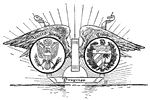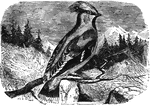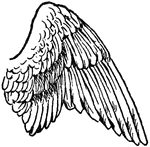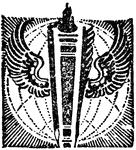
Satyrus Balder
"The Satyridae are found in every quarter of the globe, and seem equally at home on open plains, in…

Semisagittate Mark
"In entomology, shaped like the longitudinal half of a barbed arrow-head, or like the barbed end of…
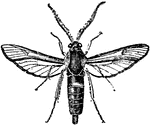
Sesiidae
"Clear-winged moths, Sesiidae, day-fliers, and looking more like bees, wasps, and ichneumons which they…

Skipper
"The Hesperidae or Skippers, so called from their jerky hesitating mode of flight, show, in the thickness…

Skipper
"The Hesperidae or Skippers, so called from their jerky hesitating mode of flight, show, in the thickness…
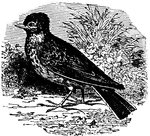
Common Skylark
The common skylark is a small bird of the passerine family Alaudidae. In all larks, the first toe has…

Generic Details of a Thrush
"Generic details of a Myiadestes townsendi (Townsend's Flycatching Thrush); bill and foot nat. size,…

Red-Wing Thrush
The red-wing thrush migrates from the north to the south of Europe in the winter, feeding on worms and…
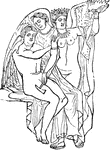
Women with necklaces
"It is a very common error to translate monile baccatum, "a pearl necklace". The ornament of…

